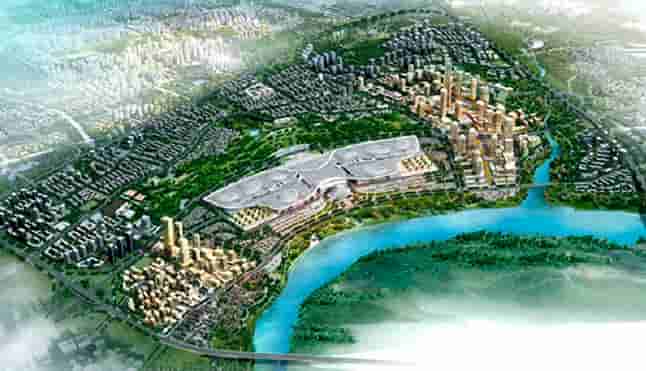 Yunkai Shen is not good at the lottery. As a citizen of Beijing, he has participated in the game for four years with the hope of winning the biggest prize: the possibility of buying a car. The city implemented the lottery system to grant vehicle license plates since 2011, as a measure to restrict the circulation of automobiles on its roads. The chances of winning are decreasing, they went from representing 6% in February 2011, to 0.2% in February of this year. If Shen wanted to buy his car in Shanghai, it would not be easy either, he would enter to participate in the online auctions organized by the authorities. The prize for the highest bidder is the same: a plate to circulate.
Yunkai Shen is not good at the lottery. As a citizen of Beijing, he has participated in the game for four years with the hope of winning the biggest prize: the possibility of buying a car. The city implemented the lottery system to grant vehicle license plates since 2011, as a measure to restrict the circulation of automobiles on its roads. The chances of winning are decreasing, they went from representing 6% in February 2011, to 0.2% in February of this year. If Shen wanted to buy his car in Shanghai, it would not be easy either, he would enter to participate in the online auctions organized by the authorities. The prize for the highest bidder is the same: a plate to circulate.
These measures are part of China's ambitious plan to reduce its high levels of air pollution, explains Erik Velasco, a researcher at the Environmental Modeling Center of the MIT-Singapore Alliance. Since 2014, when Premier Li Keqiang publicly said that China was declaring war on pollution, his actions have become much more drastic. Beijing then announced that it would invest 120 billion dollars in an action plan to reduce its air pollution by 25% by 2017.
Since then, much of the country's strategy has focused on reducing the use of coal as an energy source, one of the most important pollution triggers in China, says Enrique Dussel Peters, coordinator of the Center for China-Mexico Studies of the Faculty of Economics of the UNAM. The installation of new coal-fired power stations in the most polluted areas of the country was prohibited, and the existing ones were given the order to reduce their emissions. "They are joint efforts, both the public sector, companies and citizens are substituting coal and investing in new energy sources, such as fossils, renewable and nuclear," says the academic.
Beijing managed to reduce its concentration of fine particles PM2.5, by 35%, the city of Shijiazhuang by 39% and Baoding by 38%, according to a study by Michael Greenstone, director of the Energy Policy Institute at the University of Chicago. The good results are due in part to the implementation of the most advanced technologies to manage pollution. One of the most recognized success stories in this regard is that of a landfill of about 32 million cubic meters in Hong Kong, operated by the water and resources management company Suez. The firm is in charge of transforming waste from the landfill into new resources such as biogas, and of monitoring and controlling the levels of emissions so that they are aligned with the parameters of the city.
"Air pollution is a problem that all cities face and can only be attacked with a documented plan of comprehensive action," says Nicolás Prego, technical and marketing director for Smart & Resourceful Cities of Suez. The specialist recommends a change in the methodology with which this problem is covered, always making an in-depth diagnosis to know what the situation of the city is and from there determine the measures to be taken. "Many times it is done the other way around, a sudden decision is taken to incorporate filters in all the cars to be greener, without including other triggers that generate emissions, such as industry, consumption, or agriculture," he says.
China has also been very aggressive in its transformation plan towards green mobility, becoming one of the countries with the greatest use of electric vehicles in the world. In 2017, the country sold 777,000 zero-emission vehicles, 53% more than the previous year, according to the China Automobile Manufacturers Association (CAAM). The plans are even more ambitious, by 2025 it expects to have sold 35 million electric cars. To encourage its sale, the government offers important deductions in taxes, and grants subsidies to promote the manufacture of these vehicles nationwide.
The Asian country is walking by leaps and bounds to eliminate its pollution problem, but its capacity for transformation in such a short time is remarkable. Velasco clarifies that the large Chinese cities still have scandalous levels of pollution and much higher than those of Latin American cities. In polluted days, Beijing can reach a concentration of PM2.5 fine particles of up to 200, while on a bad day Mexico City ranges between 50 and 60, and the World Health Organization recommends an average of 25, says the specialist.
"My advice for the cities of the region is to invest in scientific research, understand what are the physical and chemical processes and what is the origin of pollution, which is different in each city," says Velasco. "When it comes to implementing measures to control, it is worth observing what they are doing in China and Europe and learning, but not copying without having done that work."
Digital Newspaper El País
